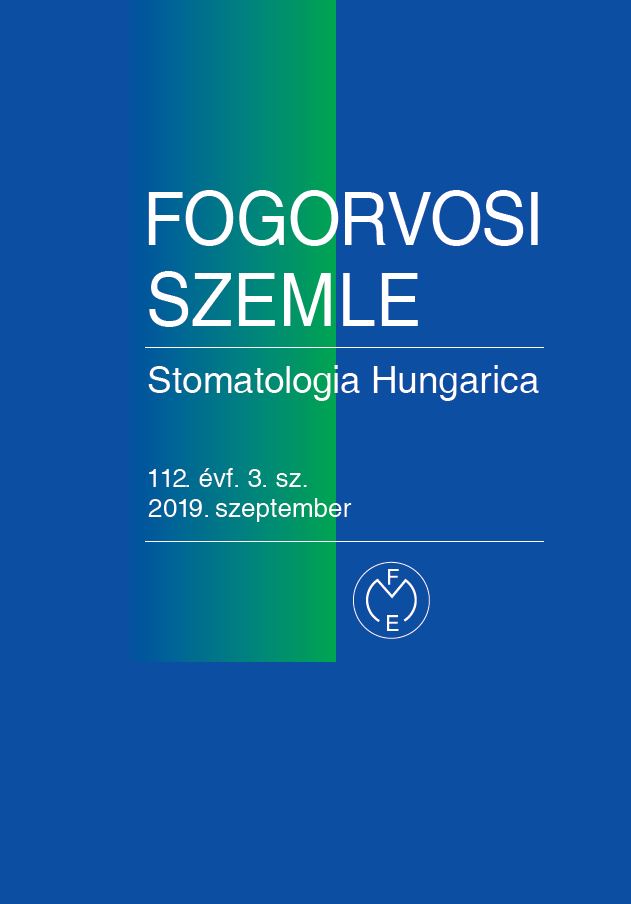Transmural fiber reinforcement in order to restore the fracture resistance of large MOD cavities – a technical report
Abstract
Our everyday eating habits and the subsequent caries endemic led to an increase in the number of large MOD cavities restored with direct composite restorations. Today it is a requirement for modern adhesive restorations to not only replace the lost tooth structure but also restore the functional unity of the tooth and increase its fracture resistance, in order to prevent future fractures in the tooth-restoration complex. MOD cavities produce an extremely weakened situation, which is a result of the missing marginal ridges and also highly influenced by the cavity dimensions (especially the depth of the cavity). Although modern composite have undergone major development compared to their previous versions, the usage of conventional composite filling materials to restore large and deep MOD cavities as best practice is highly questionable. According to several studies teeth with the mentioned vulnerable cavities restored with direct composite fillings show reduced fracture resistance.
Our aim with this technical report is to show a technique which is capable of increasing the fracture resistance of teeth that were mechanically destabilized due to extensive loss of sound tooth structure and subsequent cavity preparation. This new method, which is termed transmural reinforcement, is able to form a strong and durable mechanical connection between the remaining cavity walls, leading to increased resistance against occlusal loading.
Copyright (c) 2021 Authors

This work is licensed under a Creative Commons Attribution 4.0 International License.


.png)




1.png)



